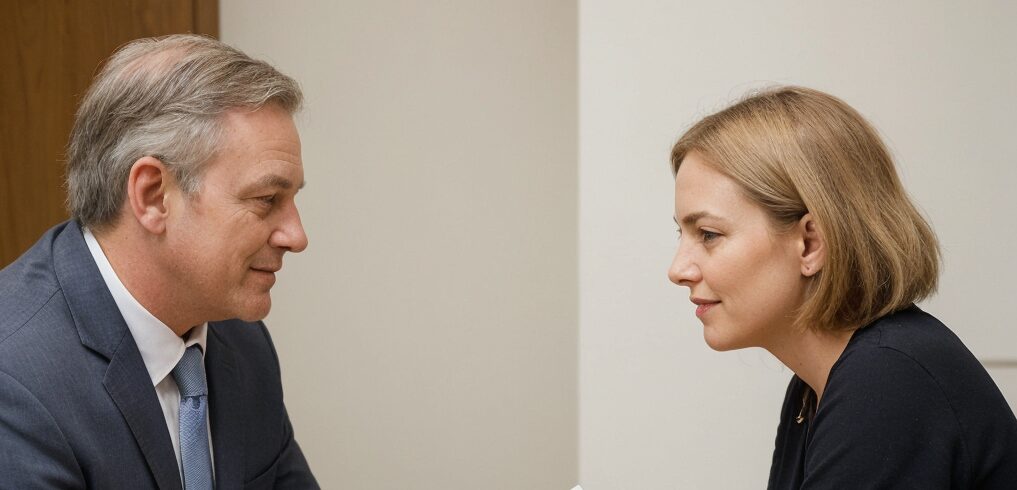In the last several years, Danai Gurira has become a household name. She’s had a number of memorable performances in hit television shows and popular films. Most people know her as Michonne from The Walking Dead and possibly even Okoye from Black Panther. However, many don’t know what these roles helped her gain in terms of financial stability. Here’s everything you need to know about her career and Danai Gurira’s net worth today.
From Zimbabwe to Hollywood: Danai Gurira’s Career
Many people may not know that Danai Gurira was born in Grinnell, Iowa, but she was raised in Zimbabwe. Her upbringing has had a major impact on her career. To start her career, she pursued theater. That earned her recognition for her writing and acting. Gurira’s work in plays like Eclipsed showcased her storytelling abilities and earned her a Tony Award nomination. Although she started in theater, it was her breakout roles in television and film that really catapulted her career (and her earnings). Her early roles in shows like Treme laid the foundation for her eventual stardom. Her journey proves that perseverance and dedication can lead to immense success.
The Walking Dead: A Career-Defining Role
Danai Gurira became a cultural icon through her role as Michonne in AMC’s The Walking Dead. Joining the show in its third season, her portrayal of the katana-wielding survivor quickly became a fan favorite. With the series’ global success, Gurira reportedly earned around $200,000 per episode in later seasons. This role not only boosted her visibility but also opened doors to more lucrative opportunities. Merchandise featuring Michonne and convention appearances added to her income. Her tenure on the show solidified her status as one of Hollywood’s top talents.
Marvel Magic: The Okoye Effect
Gurira’s role as Okoye, the fierce leader of the Dora Milaje in Black Panther, took her stardom to new heights. The film’s massive box office success—over $1.3 billion globally—propelled her into the Marvel Cinematic Universe spotlight. She reprised her role in Avengers: Infinity War and Endgame, further expanding her fan base and financial portfolio. Marvel roles are known for their generous contracts, and Gurira’s involvement in the franchise significantly increased her net worth. Her ability to balance powerful performances with action-packed sequences made her a standout in the ensemble cast. The upcoming Black Panther: Wakanda Forever promises even more opportunities.
Other Career Highlights
In addition to acting, Gurira is an accomplished playwright and advocate. Her plays, like Eclipsed and The Convert, highlight the African experience and have earned critical acclaim. She uses her platform to amplify issues like gender equity and health awareness through her organization, Almasi Arts Alliance. While these ventures may not directly contribute to her net worth, they enhance her brand and global influence. Gurira’s activism underscores her commitment to making a difference beyond Hollywood. Balancing art and advocacy is part of what makes her such a compelling figure.
Endorsements and Brand Collaborations
Gurira’s rising star has attracted lucrative endorsement deals and collaborations. She has worked with brands that align with her values, including campaigns focused on empowering women and promoting sustainability. While not as endorsement-heavy as some celebrities, her selective approach ensures quality over quantity. These partnerships add another layer to her income stream, reinforcing her status as a well-rounded talent. In an industry driven by visibility, Gurira’s ability to pick meaningful collaborations enhances her legacy. Fans appreciate her authenticity, which resonates in every project she chooses.
What Is Danai Gurira’s Net Worth?
Danai Gurira’s net worth is estimated to be around $5 million. Her earnings from The Walking Dead, Marvel projects, theater royalties, and endorsements contribute to this figure. While she may not top Hollywood’s highest-paid actors, her diversified portfolio ensures financial stability and continued success. Upcoming projects, including Marvel films and personal creative ventures, promise to further boost her income. Gurira’s financial journey reflects a balance of artistry, strategy, and hard work. She remains an inspiration for aspiring creatives worldwide.
Overall, Danai Gurira’s journey from a theater actress in Zimbabwe to a global superstar is amazing to see. The Walking Dead played a pivotal role in her career success as well as her financial success. Beyond that, her work with Marvel, her writing, and other work have cemented her place in Hollywood as a powerhouse. Fans are eagerly awaiting her next projects and can’t wait to see more from her in the near future.
Read More
- Cashing In on Netflix Fame: What is Matt Reeves’ Net Worth?
- Love, Death, Robots and Cash: What Is David Fincher’s Net Worth?

Amanda Blankenship is the Director of Social Media for District Media. In addition to her duties handling everything social media, she frequently writes for a handful of blogs and loves to share her own personal finance story with others. When she isn’t typing away at her desk, she enjoys spending time with her daughter, husband, and dog. During her free time, you’re likely to find her with her nose in a book, hiking, or playing RPG video games.








































